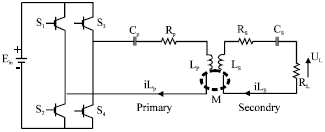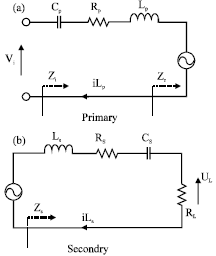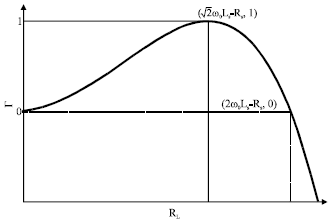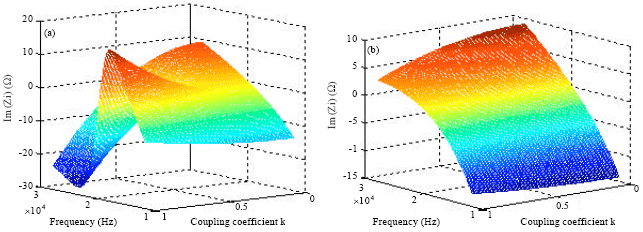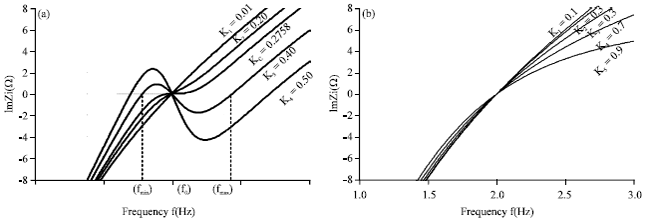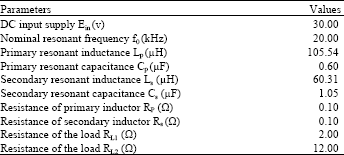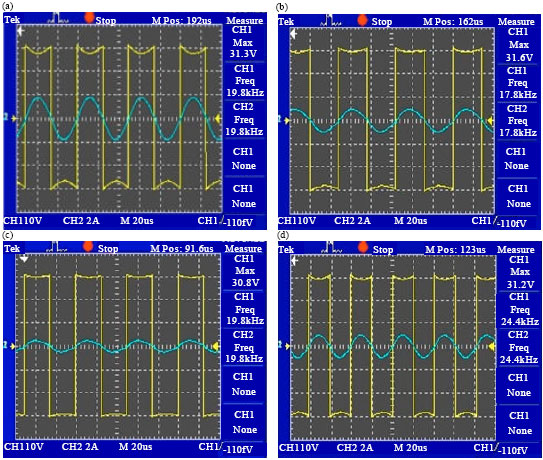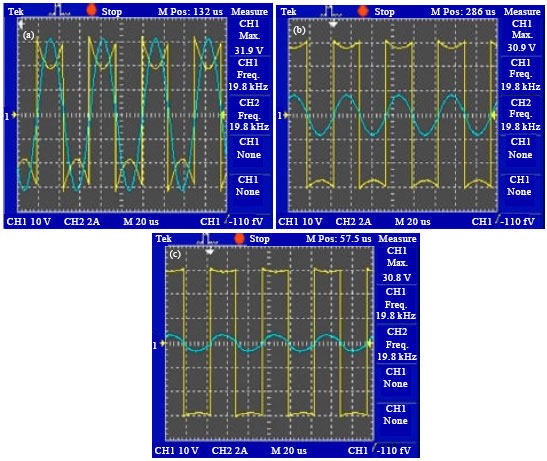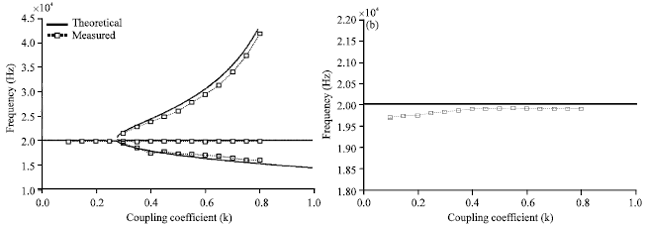Research Article
Analysis of Bifurcation Phenomena of Voltage-fed inductively Coupled Power Transfer System Varying with Coupling Coefficient
College of Automation, Chong-Qing University, Chong-Qing, China
Yue Sun
College of Automation, Chong-Qing University, Chong-Qing, China
Zhihui Wang
College of Automation, Chong-Qing University, Chong-Qing, China
Chunsen Tang
College of Automation, Chong-Qing University, Chong-Qing, China









